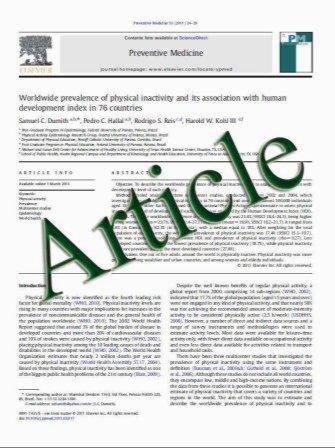The Effect of Antisecretory Therapy and Study Duration on Ambulatory Esophageal pH Monitoring
- نوع فایل : کتاب
- زبان : انگلیسی
- مؤلف : Vladimir M. Kushnir Gregory S. Sayuk C. Prakash Gyawali
- چاپ و سال / کشور: 2010
Description
Background Conventional catheter-based and wireless pH monitoring continue to be widely used for the evaluation of GERD symptoms despite the emergence of pH-impedance monitoring. Goals We sought to identify patient- and test-related factors predicting objective GERD parameters on catheterbased and wireless pH monitoring. Study Ambulatory pH studies in 2,067 subjects (50.4 ± 0.3 years, 66.3% female) were assessed for presenting symptoms, antireflux therapy status, test characteristics, distal esophageal total acid exposure time (AET), symptom index (SI), and symptom-reflux association (Ghillebert probability estimate, GPE). Univariate and multivariate logistic regression analyses were performed to identify predictors of GERD evidence, both off and on antireflux therapy. Results Catheter-based pH monitoring was performed in 77.6%, and 90.1% of the studies were performed off antireflux therapy. The likelihood of finding GERD evidence was significantly higher off therapy (65.8 vs. 21.4% on therapy, p\0.0001); this held true for both strong GERD evidence (elevated AET and positive GPE) and elevated AET alone. The SI did not complement AET and GPE. Extended pH recording with the wireless technique consistently increased diagnostic yield. On multivariate logistic regression, the status of antireflux therapy and frequency of symptoms dictated finding of GERD evidence, and yields were highest for perceptive symptoms (heartburn, chest pain, and cough). Conclusions Ambulatory pH testing off antireflux therapy improves detection of all degrees of GERD evidence. pH testing provides highest yields with frequent perceptive symptoms and least with isolated regurgitation and ENT symptoms. Extending pH-recording with wireless monitoring uniformly augments yield
Dig Dis Sci (2011) 56:1412–1419 DOI 10.1007/s10620-010-1443-7 Received: 7 June 2010 / Accepted: 19 September 2010 / Published online: 3 November 2010


